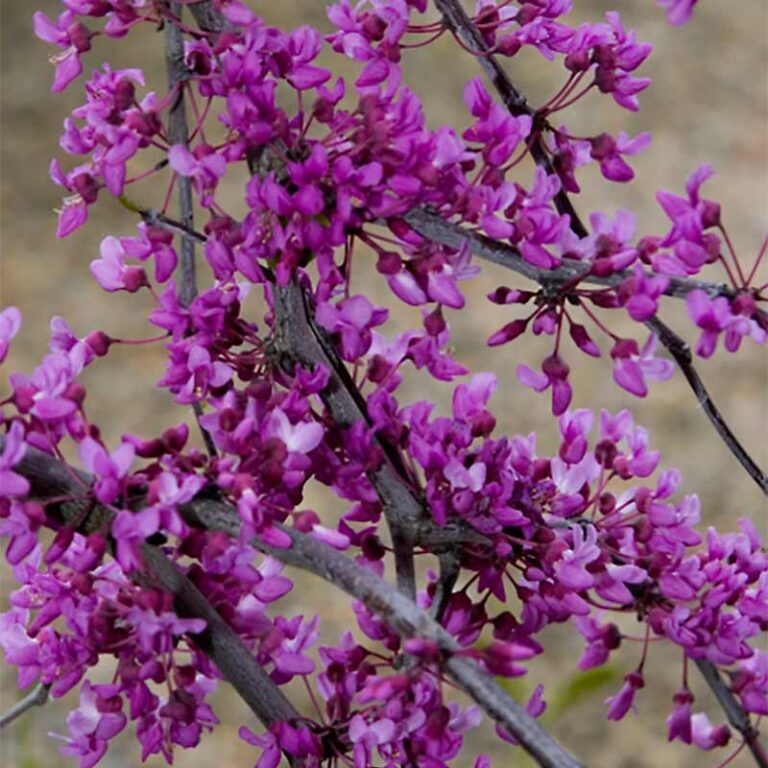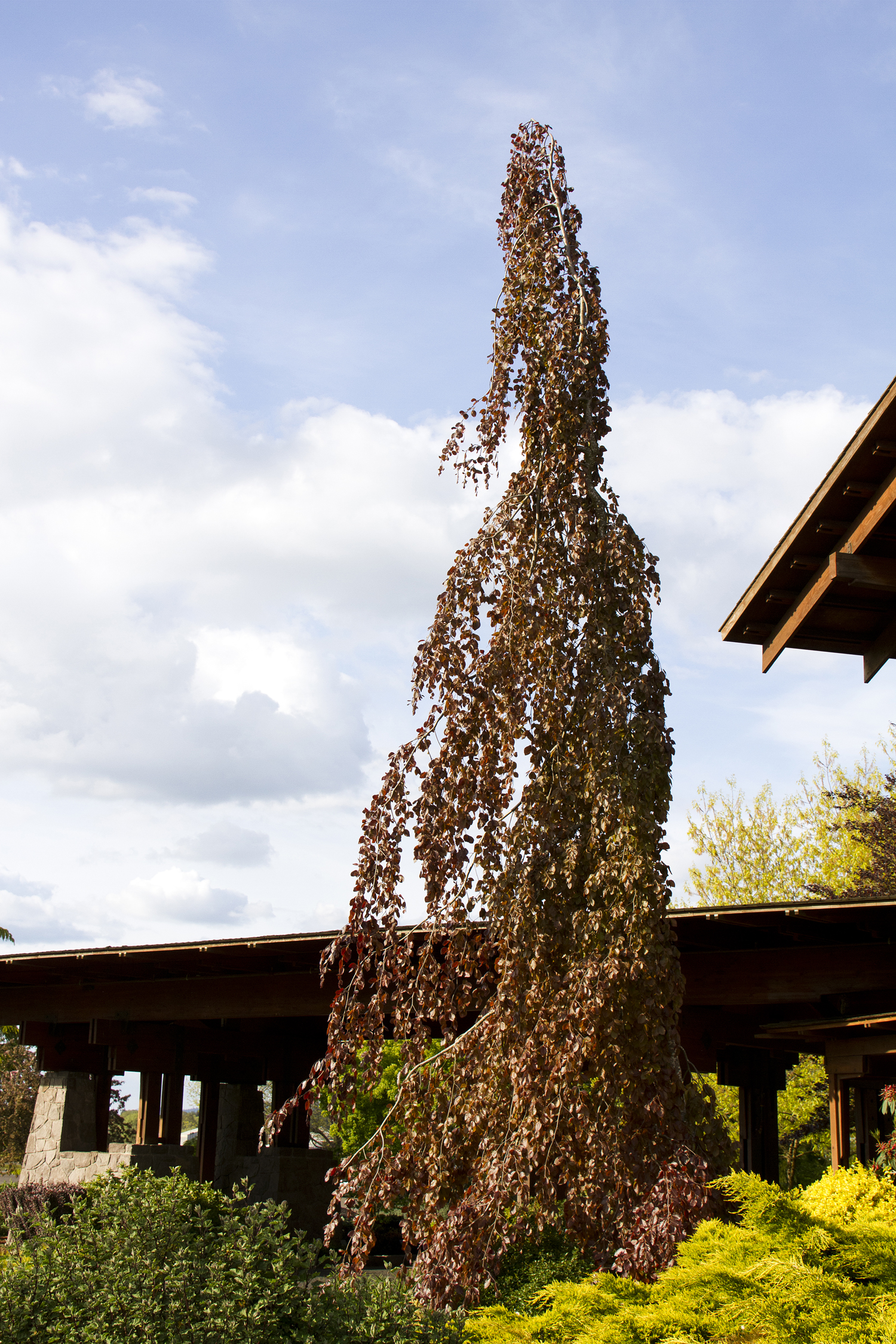


The Nootka cypress is a large and impressive weeping variety. The young plants often require staking to prevent them from sprawling across the ground. This tree is a cultivar of European varieties, and the gardener can train the spruce to grow in different shapes. These trees are winter hardy down to -40° F.
WEEPING PURPLE TREE FULL
They grow well in all soil conditions but prefer planting in the full sun. The Norway Spruce is a hardy tree that’s deer resistant, reaching a height of 15-feet. The tree produces pendulous branches off the upright trunk, extending downwards, giving the tree a tiered appearance. They prefer colder regions, and they don’t do well in warmer climates.

These weeping trees prefer growing in the full sun in well-draining soil conditions. If you have small spaces and plenty of vertical room in your yard, this cultivar is an excellent choice for your weeping tree. The tree gets to heights of 40-feet while maintaining a narrow structure that never really exceeds eight feet in width. This is another very winter-hardy tree capable of growing in temperatures down to -50° F. The branches of this North American variety feature long and soft needles that weep towards the ground. It does well in both the full sun and partially shady conditions, as with all the other varieties of weeping trees. The tree grows to heights of 12-feet, and up to 15-feet in width. The tree is hardy down to -40° F, with a beautiful structure that makes it an attractive choice for gardens in northern states. This weeping tree is another evergreen variety suitable for growing in very cold conditions. These trees are hardy down to -20° F, reaching heights of eight feet and a spread of up to six feet. These plants are also one of the few species suitable for growing in colder climates. The weeping redbud will thrive in either partial or full-sun growing conditions, as with many other weeping tree varieties. The tree produces small purple-pink blooms in the springtime, with heart-shaped leaves. This tree is native to North America, and its small stature makes it ideal for planting in smaller gardens. However, the most highly-prized types produce deep burgundy-red foliage. There are several varieties of the weeping redbud. This process creates an umbrella-like appearance to the tree. Many gardeners graft the shoots of the Asian cousin, the Japanese weeping cherry tree, onto the straight trunk of the weeping cherry. This highly sought-after tree is a huge attraction in the garden, with the pretty pink and white flowers making it a spectacular ornamental.
WEEPING PURPLE TREE HOW TO
Weeping Cherry Tree Guide: How to Grow & Care For Them The tree only flowers once in the late spring, lasting for around two weeks. Weeping cherry trees are suitable for growing in full or partial sunlight, producing showy pink flowers. However, gardeners can control the height through the growing space allocated to the plant. Some varieties grow tall, reaching up to 25-feet in height.

These hardy trees suit cold climates, surviving in temperatures as low as -20° F. However, the weeping cherry is one of the best flowering varieties available, with a long history as a cultural icon. Most weeping trees don’t produce any flowers. 8 Cedrus Atlantica ‘Glauca’ – The Blue Atlas Cedar.


 0 kommentar(er)
0 kommentar(er)
